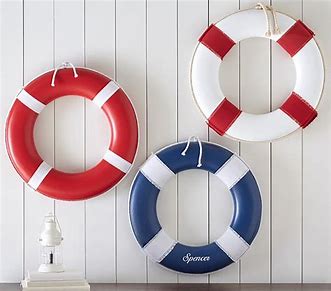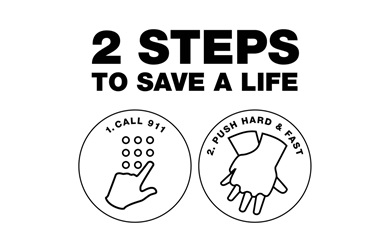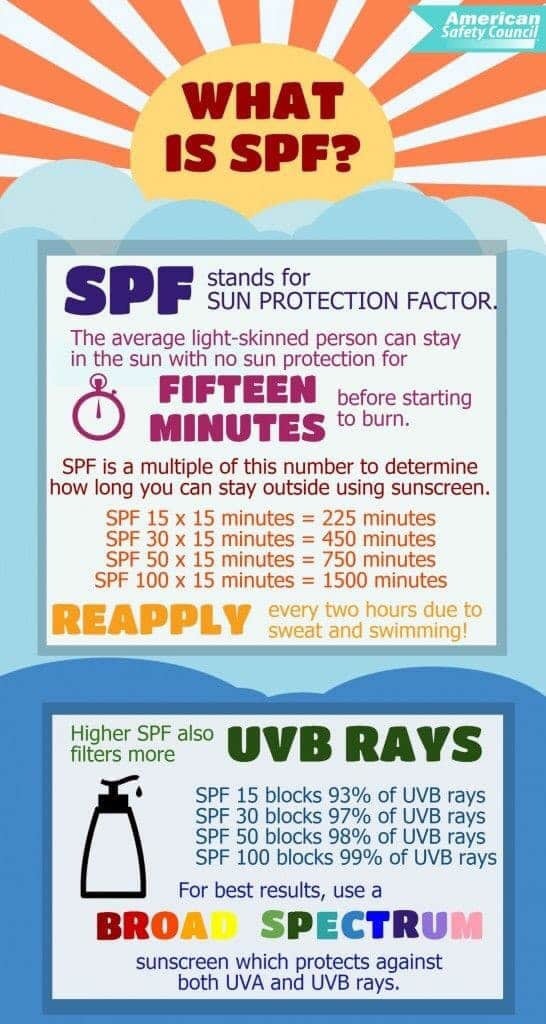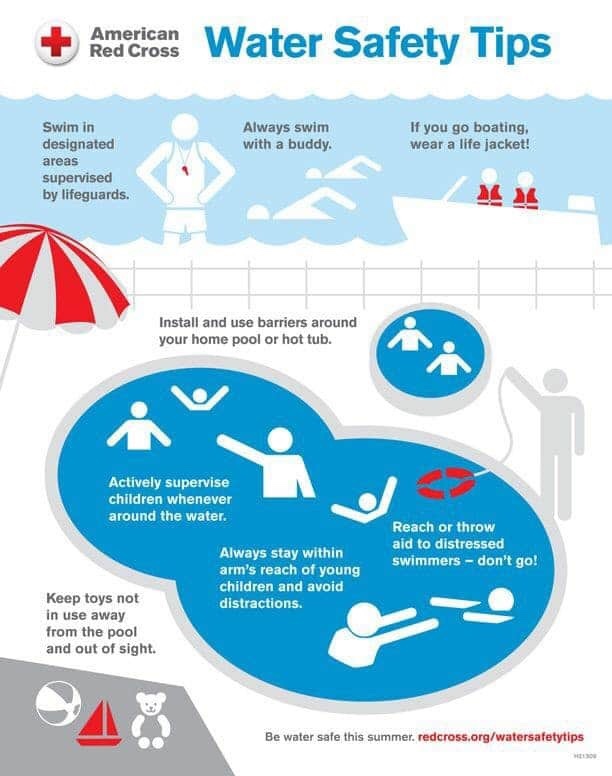
Swimming Pool Safety Tips
- It is important to maintain secure fencing and a locked entrance around the pool and deck area to prevent access when adequate supervision is not available. Install self-closing and self-latching gates in the proper locations.
- Make sure no one swims alone. Never leave a child unattended in the water or pool area, and see that less experienced swimmers are always accompanied by a swimmer who has water life-saving skills.
- Equip your door, gate or pool with an audible alarm to alert you if someone enters the pool area or falls into the pool while it is unattended.
- Diving should be prohibited unless a specific area of the pool is designated for safe diving. Water depth and diving-restricted areas should be clearly marked.
- Make sure there is adequate life-saving equipment in the pool area, including life preservers and a rope with life-saving rings, a reaching pole or rescue hook.
CPR
CPR – or Cardiopulmonary Resuscitation – is an emergency lifesaving procedure performed when the heart stops beating. Immediate CPR can double or triple chances of survival.
Why Is CPR Important?
Keeping the blood flow active – even partially – extends the opportunity for a successful resuscitation once trained medical staff arrive on site.
How is CPR Performed?
There are two commonly known versions of CPR:
- For healthcare providers and those trained: conventional CPR using chest compressions and mouth-to-mouth breathing at a ratio of 30:2 compressions-to-breaths. In adult victims of cardiac arrest, it is reasonable for rescuers to perform chest compressions at a rate of 100 to 120/min and to a depth of at least 2 inches (5 cm) for an average adult, while avoiding excessive chest compression depths (greater than 2.4 inches [6 cm]).
- For the general public or bystanders who witness an adult suddenly collapse: compression-only CPR, or Hands-Only CPR. Hands-Only CPR is CPR without mouth-to-mouth breaths. It is recommended for use by people who see a teen or adult suddenly collapse in an out-of-hospital setting (such as at home, at work, or in a park).
Hands-Only CPR consists of two easy steps:

- Call 9-1-1 (or send someone to do that)
- Push hard and fast in the center of the chest



